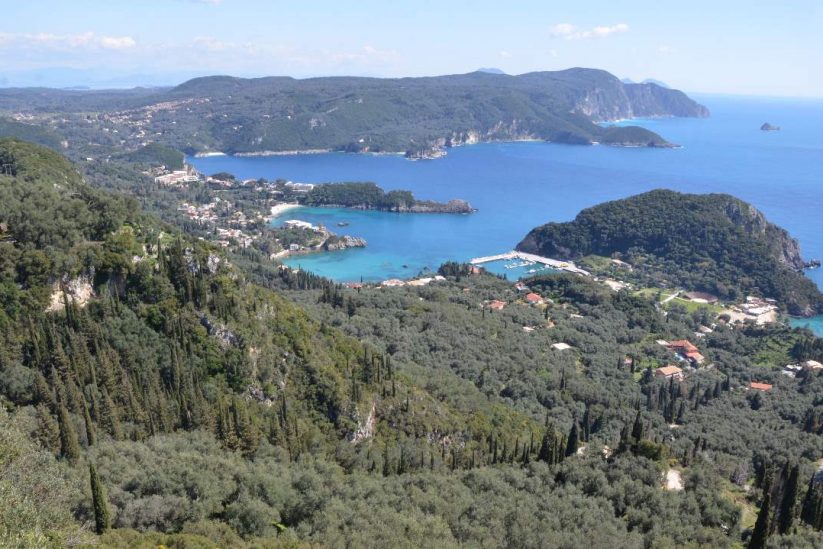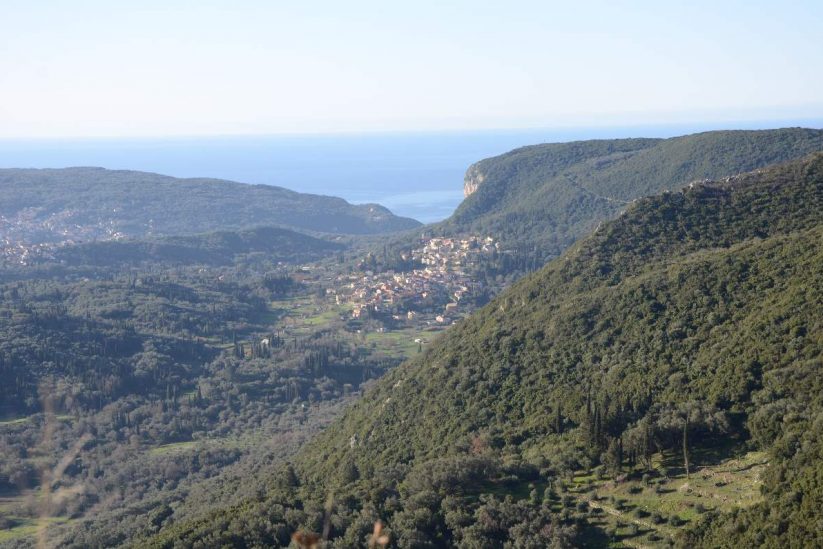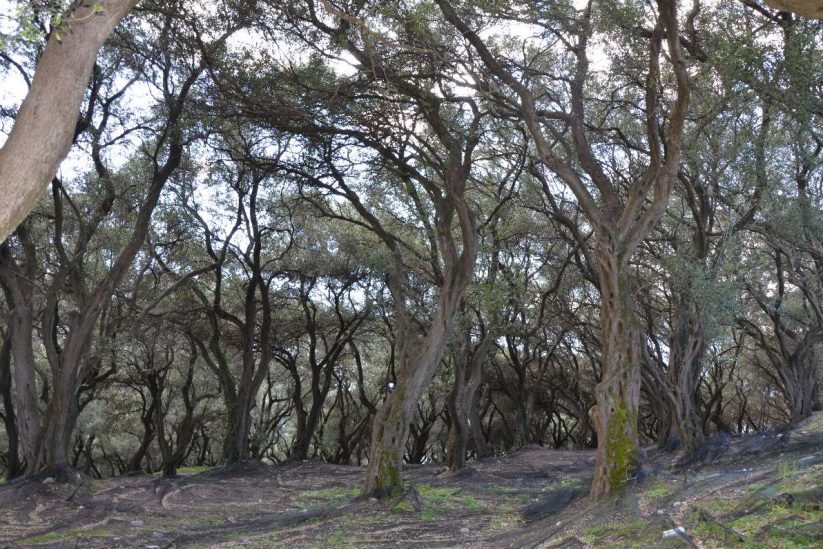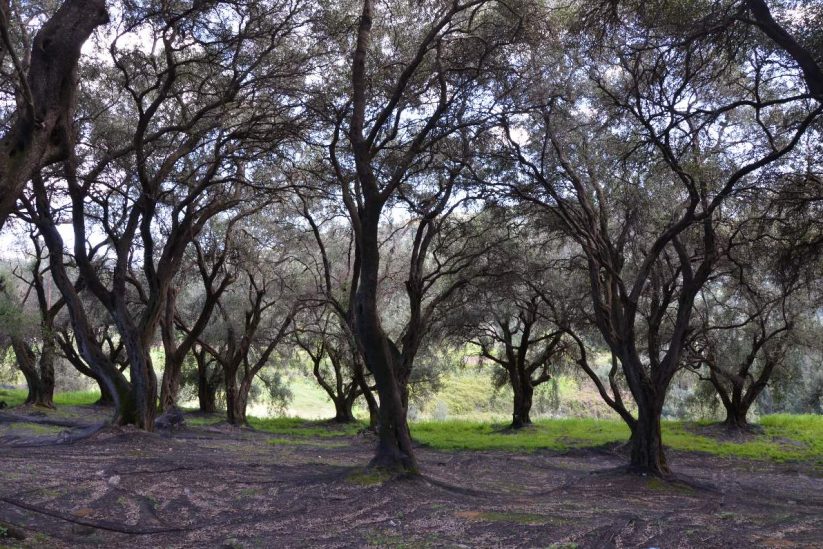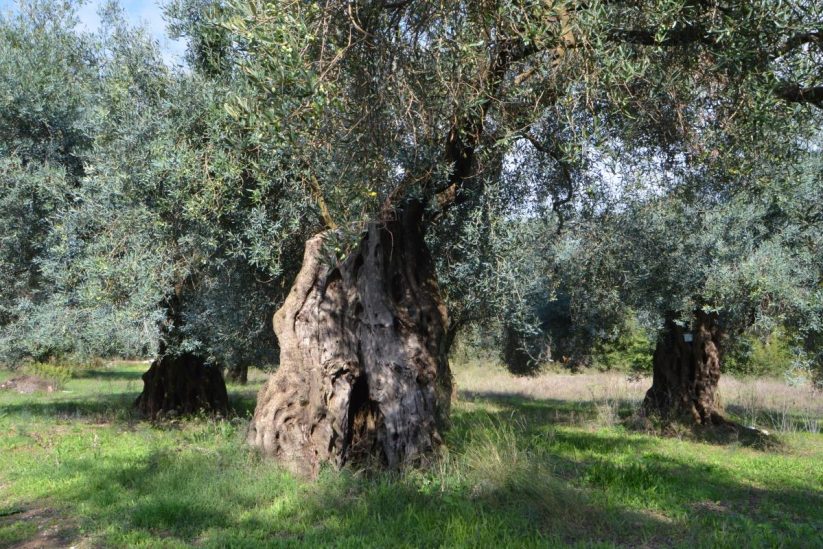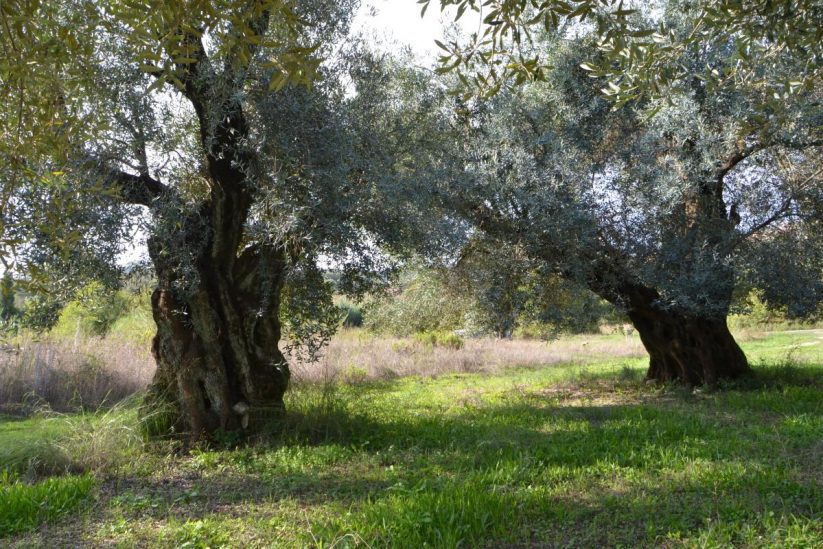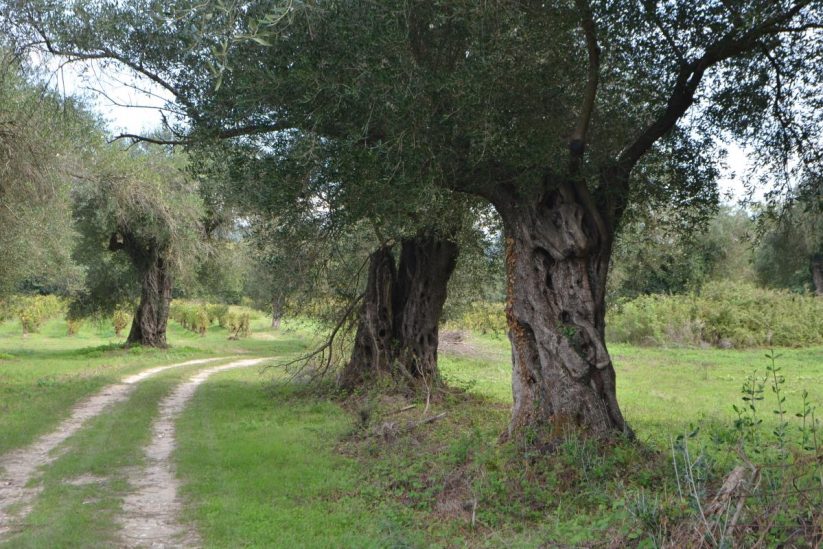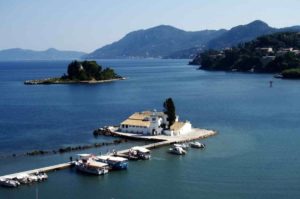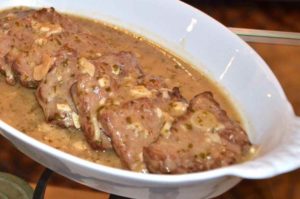The olive groves of Corfu
When you start to explore Corfu, perhaps the most impressive sight of all is the olive groves that covers the greater part of the island. From Pantokratoras, its highest mountain, to the terraced hillsides, to the valleys and often as far as the shoreline, the olive dominates the landscape.
It was the Venetians who imposed this single crop (after the empire lost its oil-producing sources in the Peloponnese), offering substantial amounts of money for the planting of olive saplings. Their inducements were so successful that oil production leapt from 2,000 barrels in the 16th century to 70,000 by the end of the 18th. And of course, most of it was shipped to Venice. It is said that Corfiot oil kept the lamps burning in all the Republic's cities on the Adriatic. Ironically, this concentration on the olive occurred at the expense of this fertile island's other crops. Before too long the Corfiots were no longer able to feed themselves and had to import wine, meat, wheat and vegetables from the mainland.
Brought in by the Venetians, this type of olive, the Lianolia, is quite different from the species found in the rest of Greece. The trees grow up instead of out, developing massive trunks with thick leafy branches. Extremely tall, they can twist into strange shapes, sometimes appearing to be in motion, like a ballet dancer or a Bacchic maenad, while their interlocking high branches form a dense canopy that often blocks out the sun even in midsummer. Being so immense, they are practically impossible to prune and instead of beating or raking the branches to harvest the olives, the Corfiots simply spread out nets and wait for the fruit to fall. They collect them periodically, but the harvest lasts from October to well into the spring. And as a result of the long interval between ripening and pressing, their oil is highly acidic, not the best Extra Virgin.
For the Corfiots, the olive was a key to survival as well as being a measure of wealth. An estate owner's worth was estimated according to the number of trees he possessed. In order to maintain control over the cultivation, pressing and storage of his olives and their oil, the gentry built a large number of country mansions with auxiliary buildings, storerooms and housing for their tenant farmers. Many of these still stand, themselves a characteristic feature of the Corfiot landscape.
Contact
- AddressCorfu
- CategorySights
- LeaseCorfu

